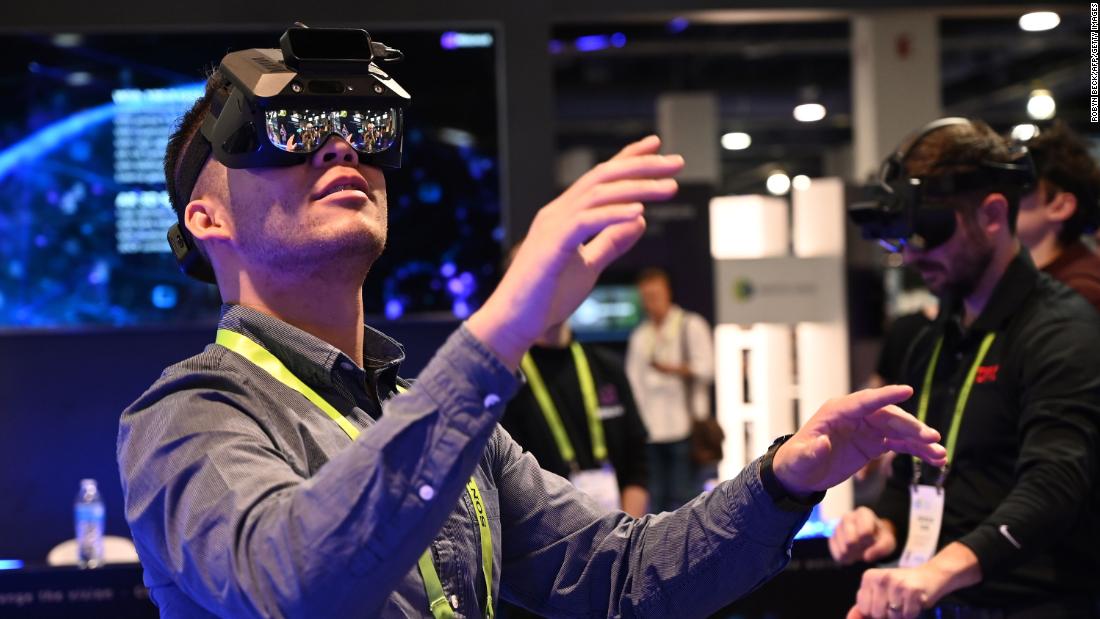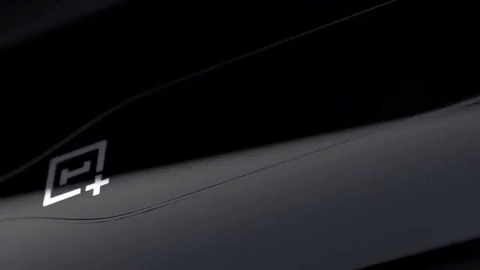Segway-Ninebot has unveiled a handful of new electric kick scooters ahead of next week’s annual Consumer Electronics Show in Las Vegas, including one that the company claims is the “most compact, lightweight, and energy-efficient kick scooter ever introduced to navigate a city environment.”
That new $799 e-scooter, called the Air T15, is different from the ones that Segway-Ninebot provides to the e-scooter-sharing services around the world in that it doesn’t have a throttle. Instead, Segway-Ninebot says riders will simply kick the Air T15 along, and the e-scooter will instantly calculate “the friction and condition of the road and automatically adjusts your speed so you can maintain a constant rate of travel.” Speeding up will be as simple as giving the pavement a few more kicks, while slowing down will be managed by tapping on the rear wheel brake. In other words, it’s like an electric scooter with cruise control.
Segway-Ninebot is also promising portability with the Air T15. To that end, the scooter folds up with one touch of a button into a nearly flat structure. It does weigh 22 pounds, which is not light, but that is half the weight of Boosted’s rugged electric scooter.
The Air T15 is powered by a 300-watt hub motor that will get the scooter up to a top speed of 12.4 miles per hour, even on inclines of up to 15 percent. The scooter can regenerate energy back into the battery during braking, which helps squeeze out a range of a little more than nine miles. It also has an integrated display in the handlebars.
Segway-Ninebot isn’t just unveiling the Air T15 next week. There’s another kick scooter called the T60, which the company calls “a revolutionary product,” referring to it as a “roboscooter.” The T60 has a “reverse tricycle chassis” and says the vehicle is made for global scooter-sharing service providers. It’s not clear what will make it a “roboscooter,” though, as the company didn’t release any more specifics.
Segway-Ninebot will also show off a new version of its popular Max e-scooter, which it says is tailor-made for “the challenges of an urban fleet.” That means it will have bigger wheels, cables that are hidden away to protect them from the elements, and other ruggedized features that the company says will make the e-scooter easier and more stable to ride. The new Max will also have a swappable battery, which would make it easier to recharge without making people take them home or to an overnight facility to be plugged in.
There’s a slew of other non-scooter vehicles, too. Last December, Segway-Ninebot announced that it would show off the company’s first electric motor scooter and moped at CES 2020. And just today, the company announced that it will also debut the S-Pod, an egg-shaped self-balancing wheelchair at next week’s show.
Let's block ads! (Why?)
https://news.google.com/__i/rss/rd/articles/CBMiV2h0dHBzOi8vd3d3LnRoZXZlcmdlLmNvbS8yMDIwLzEvMy8yMTA0NzU3Ni9zZWd3YXktbmluZWJvdC1lc2Nvb3Rlci1haXItdDE1LXQ2MC1jZXMtMjAyMNIBZGh0dHBzOi8vd3d3LnRoZXZlcmdlLmNvbS9wbGF0Zm9ybS9hbXAvMjAyMC8xLzMvMjEwNDc1NzYvc2Vnd2F5LW5pbmVib3QtZXNjb290ZXItYWlyLXQxNS10NjAtY2VzLTIwMjA?oc=5
2020-01-03 14:00:00Z
52780537154265


:no_upscale()/cdn.vox-cdn.com/uploads/chorus_asset/file/19570979/GalaxyNote10LitePR_mainFF.jpg)


:no_upscale()/cdn.vox-cdn.com/uploads/chorus_asset/file/19570792/____2.jpg)


